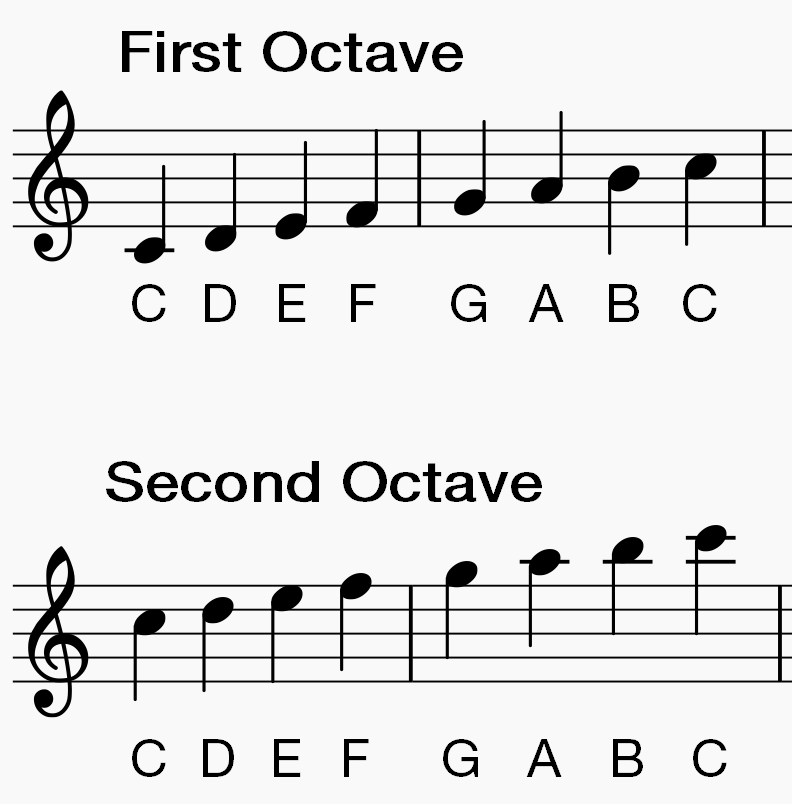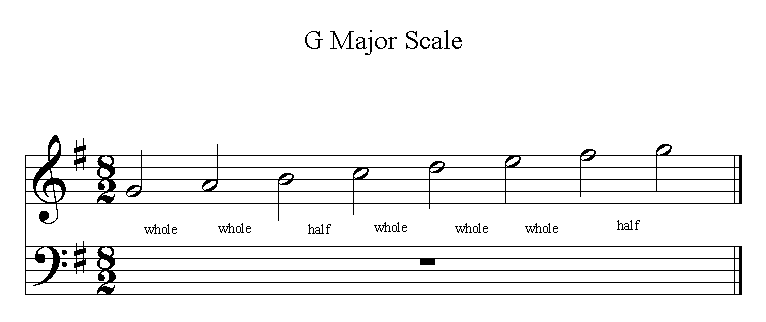

(Two major scales that share seven pitch classes in common are considered to be the same scale.) Since each major scale is unique in this way, a piece in a major key will draw from the same pitches as its corresponding major scale. (Again, see Chapter 6 for a lengthier discussion of the major scale.) One major scale may share as many as six pitches with another, as we saw in Example 8–3, but not all. The melody sounds the same, only higher:Įach major scale contains a distinct set of seven pitch classes. The following example transposes it (rewrites it at a different pitch level) to E major by raising each note up two whole steps, putting E in the most stable position. The melody from Example 8–3 can be written in any major key. Because the pitch class C is the most stable-sounding pitch in the melody, Example 8–3 is in the key of C major.

Whenever F appears, on the other hand, it is given a shorter note-value, and is always within a descending stepwise passage toward C. The excerpt begins and ends on C, and C holds a prominent position at the end of m. Simply looking at the melody, we can see that C occupies a more stable position than the pitch class F. It is likely that you heard the pitch C as having greater stability. Listen to the melody again and consider which pitch, C or F, sounds more stable-in other words, which pitch sounds more restful, more like a musical destination and less like an attraction along the way. To determine the key of this melody-C major or F major-we need to decide which note sounds most like the tonic. But all of these pitches also belong to the F major scale (F, G, A, B b, C, D, and E). This is a very good indication that this melody is in the key of C major. All of these pitches belong to the C major scale (C, D, E, F, G, A, and B).

As you can see, this melody uses the pitches C, D, E, F, G, and A.


 0 kommentar(er)
0 kommentar(er)
